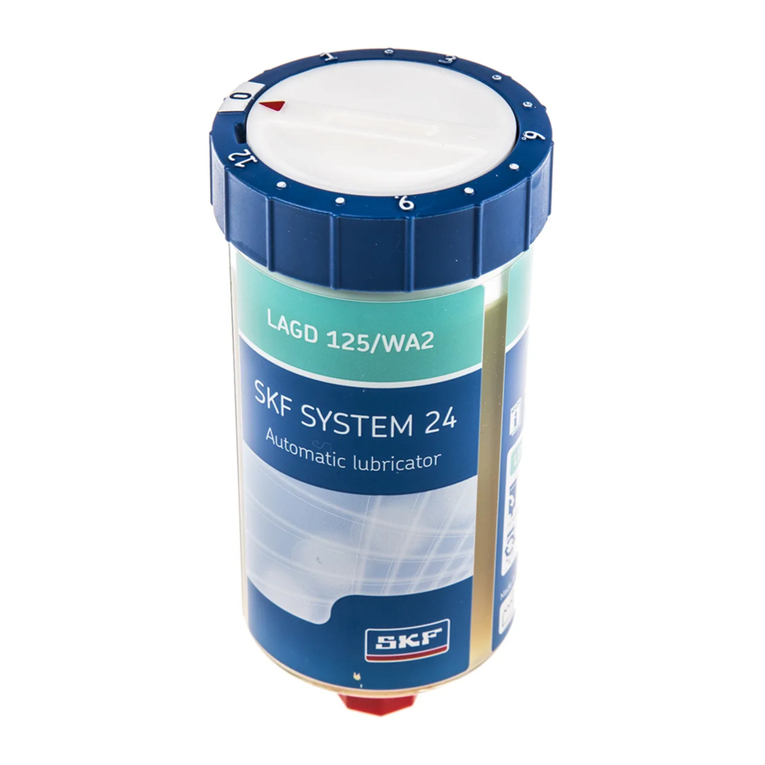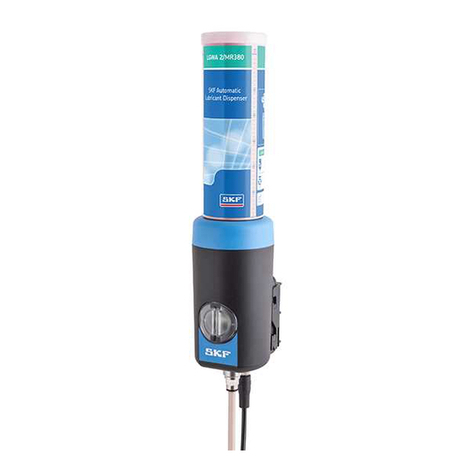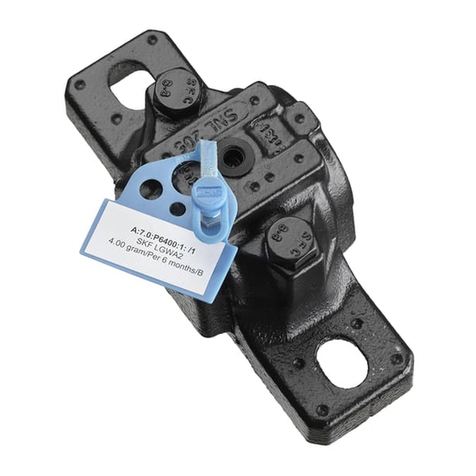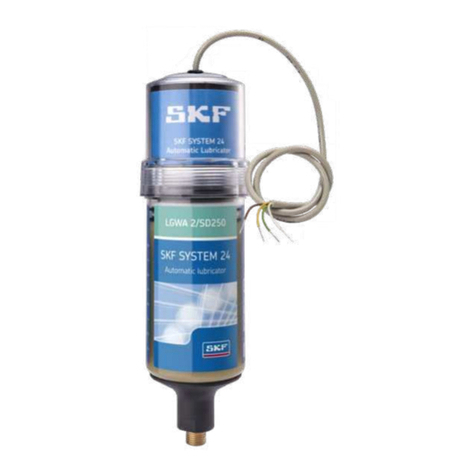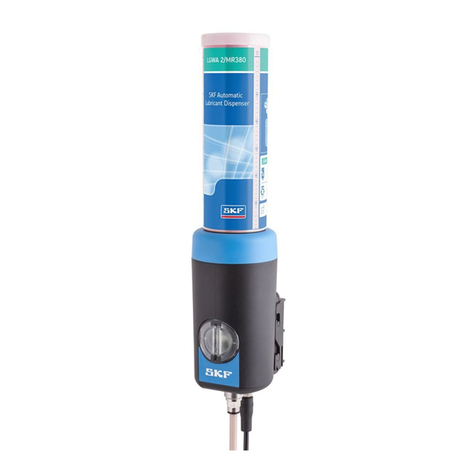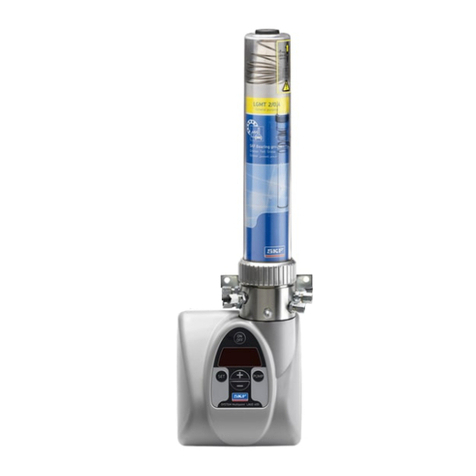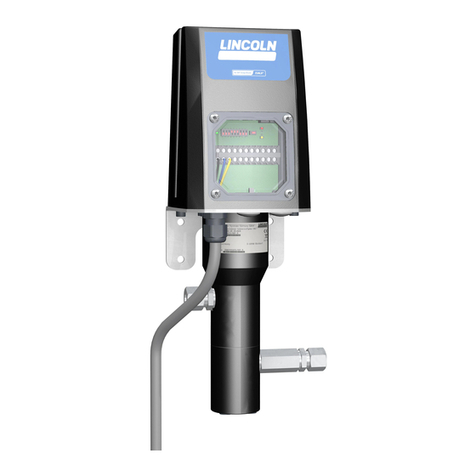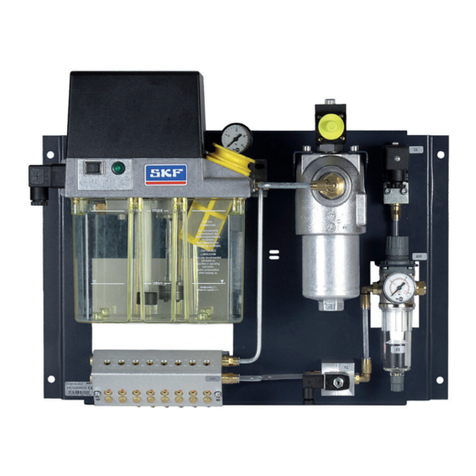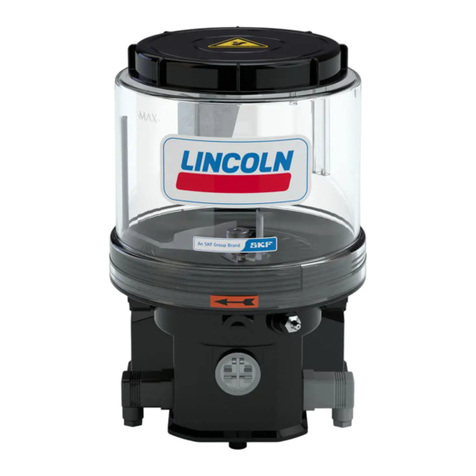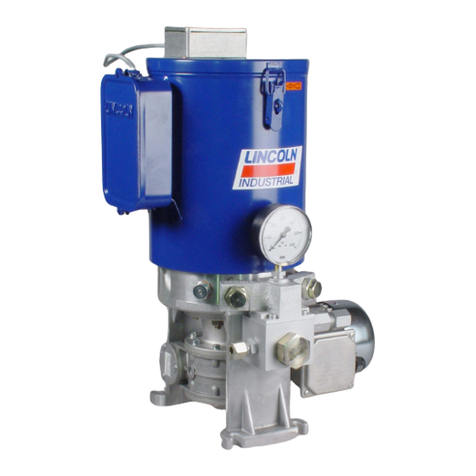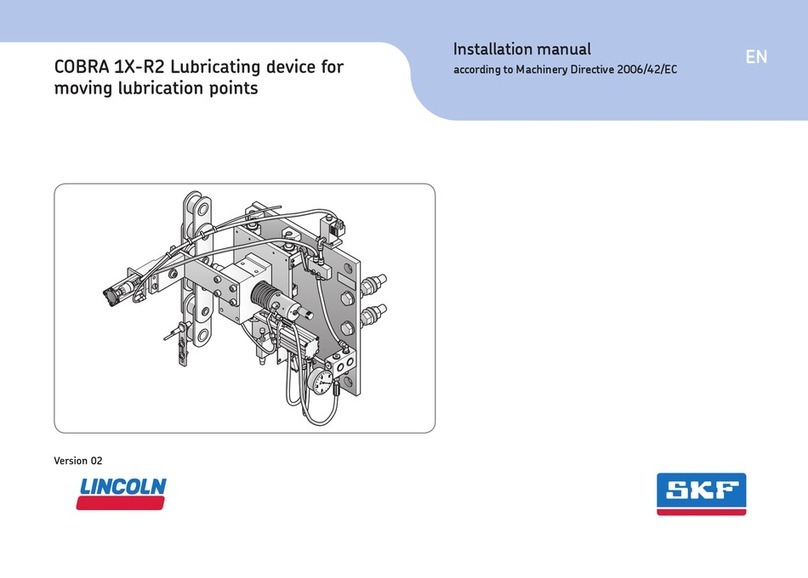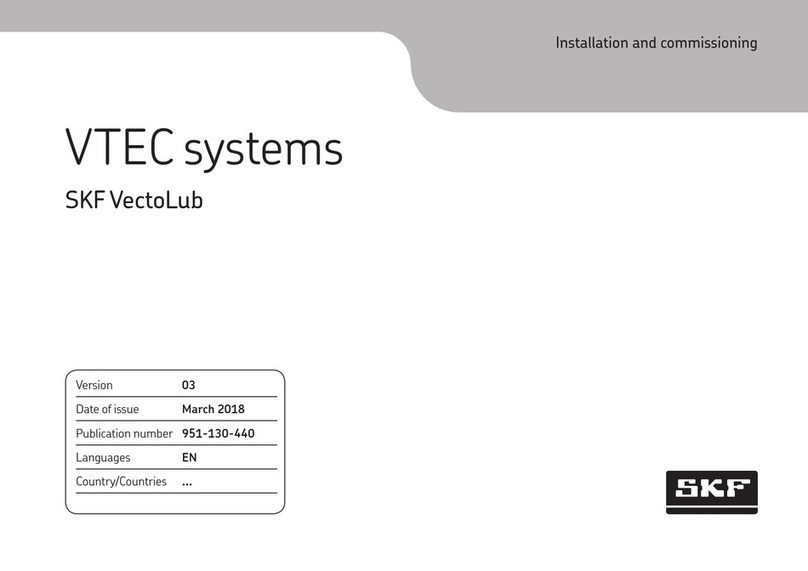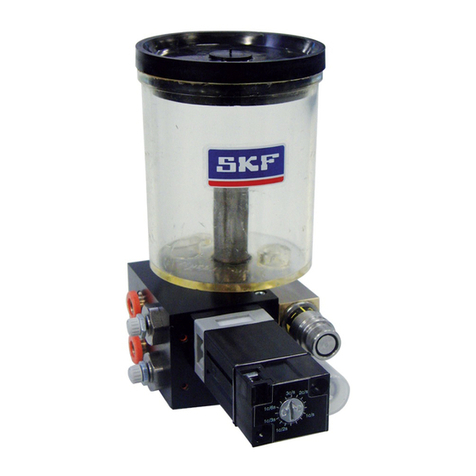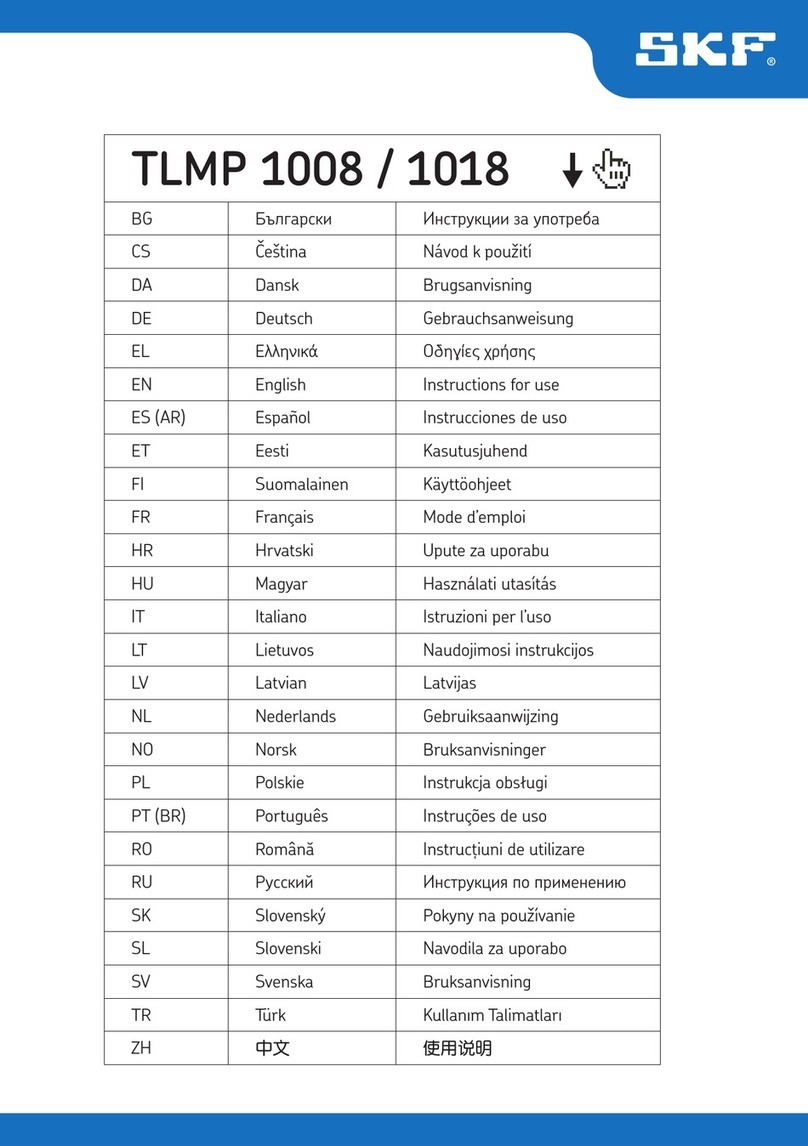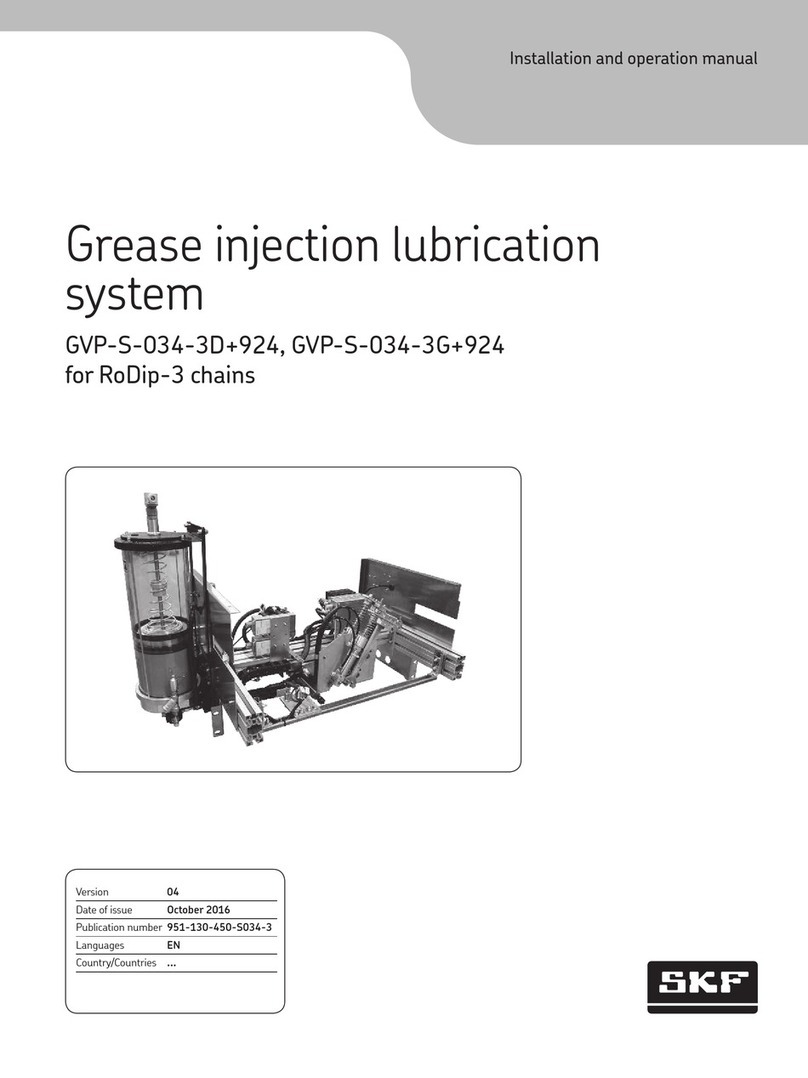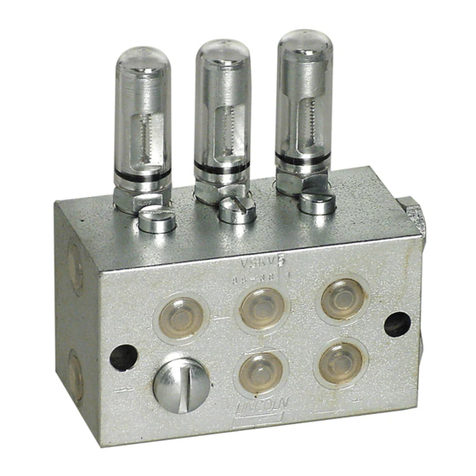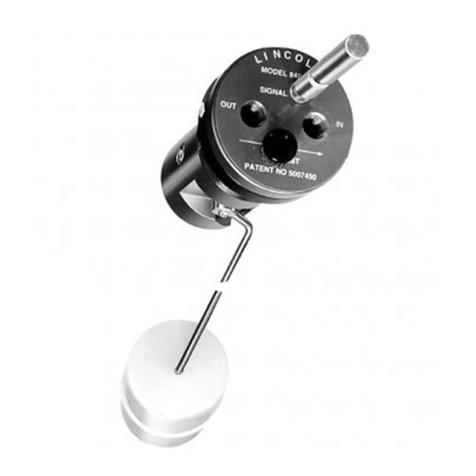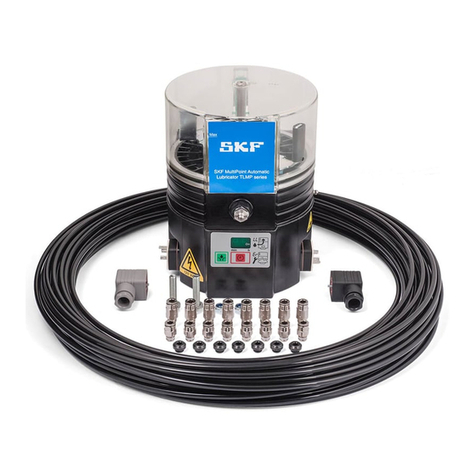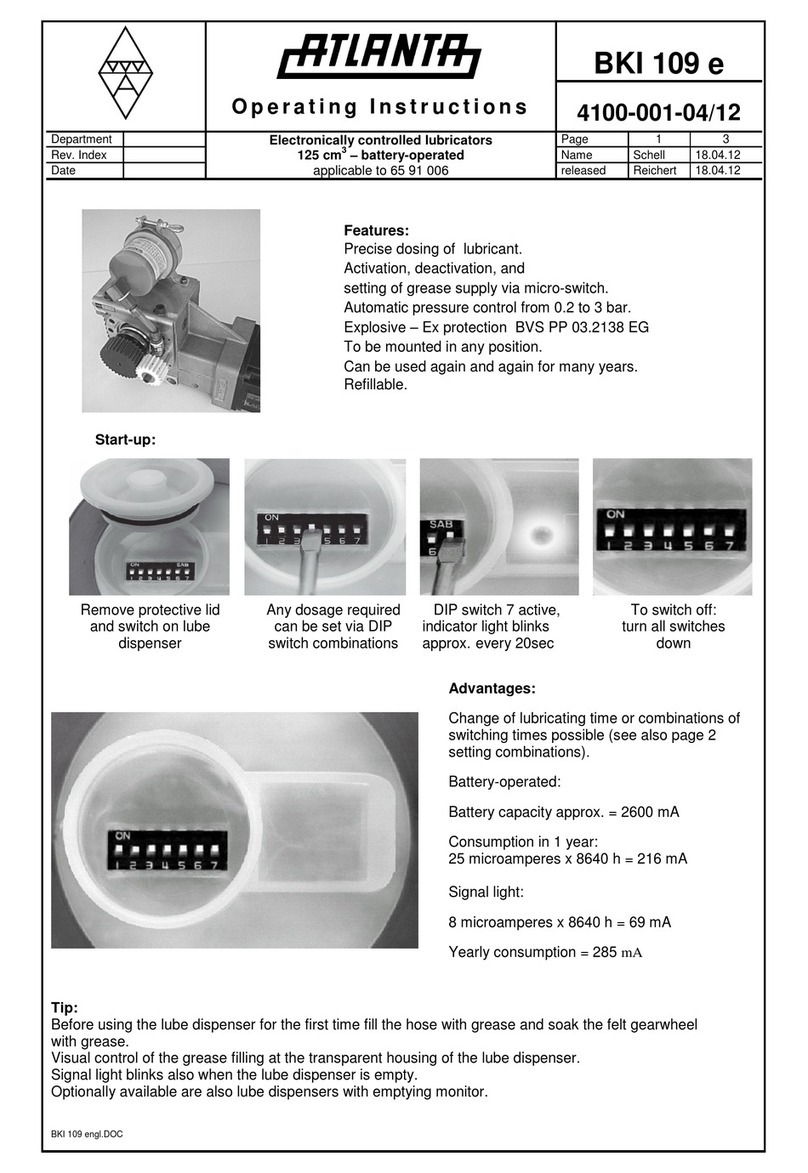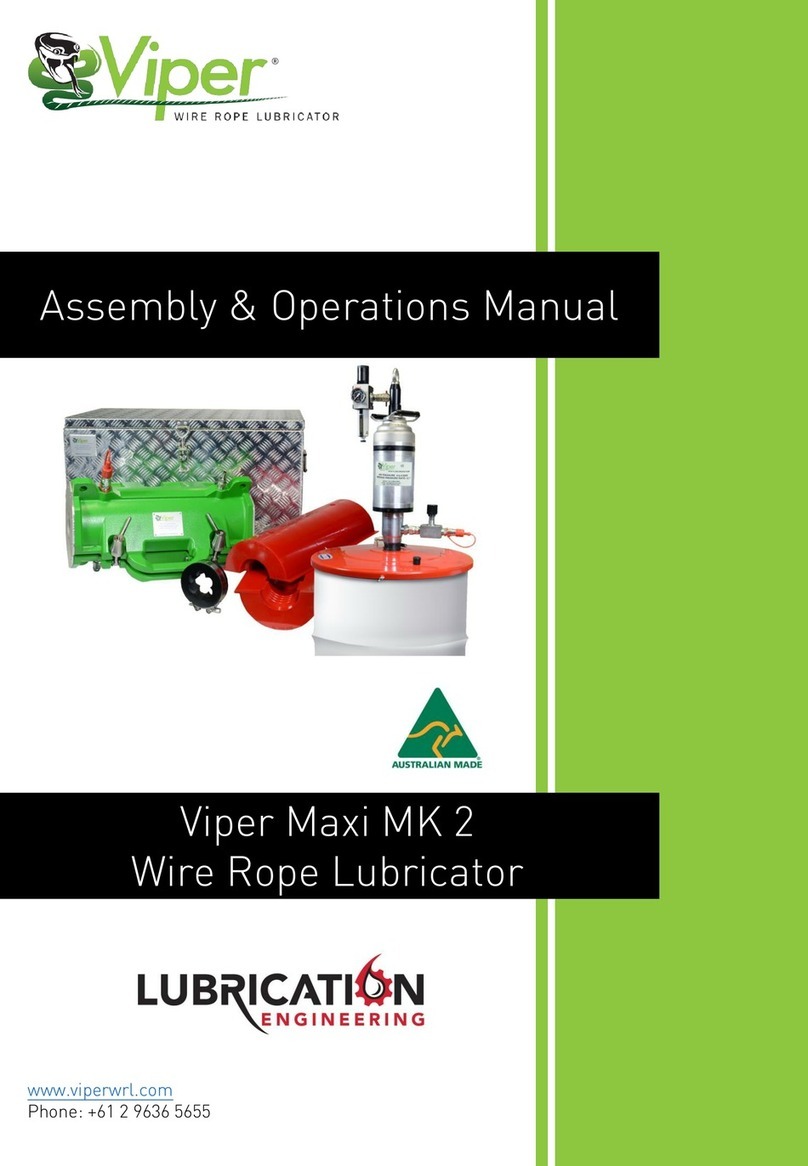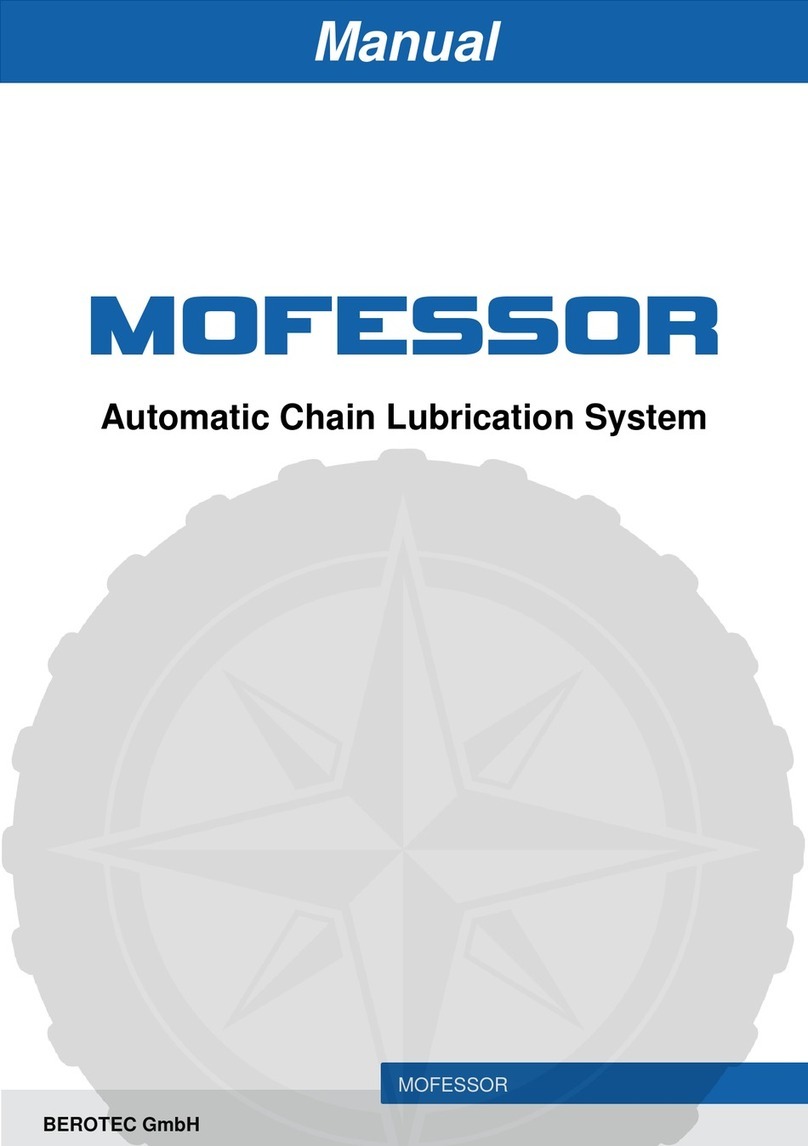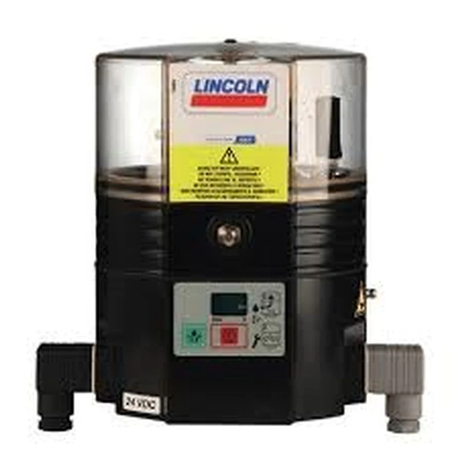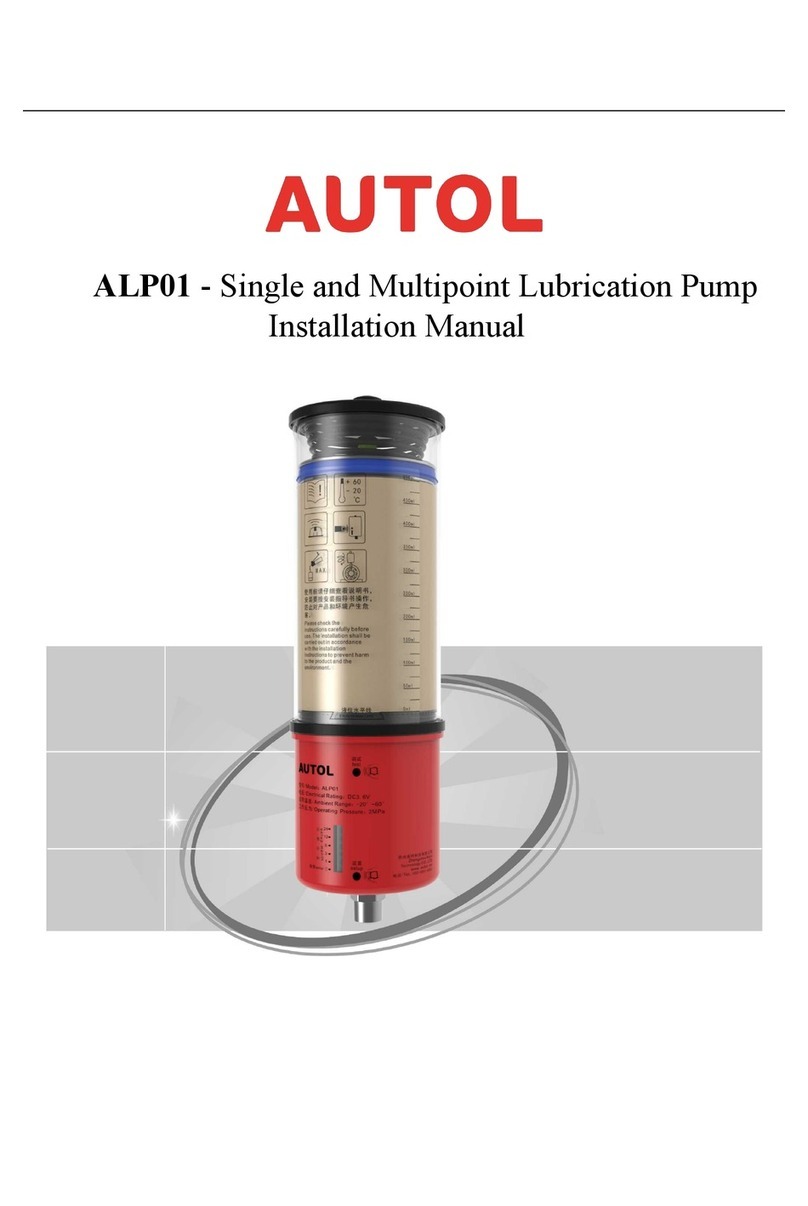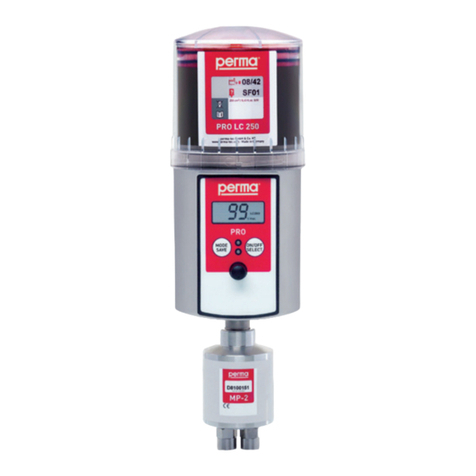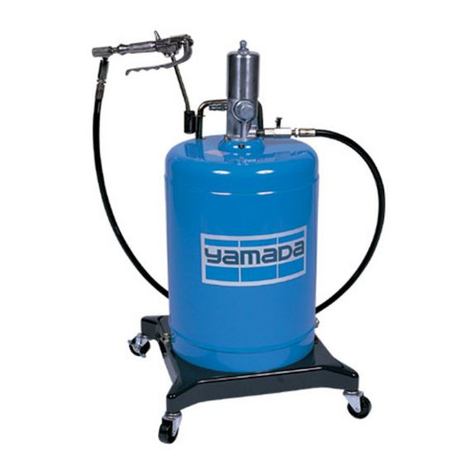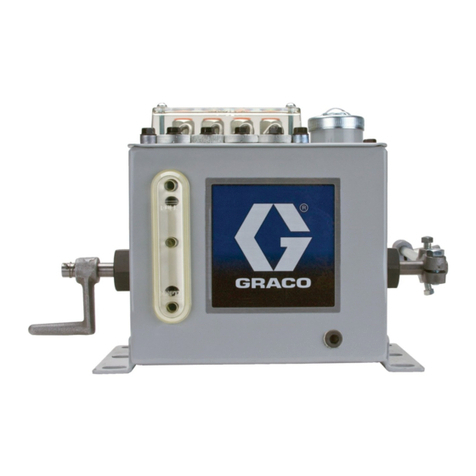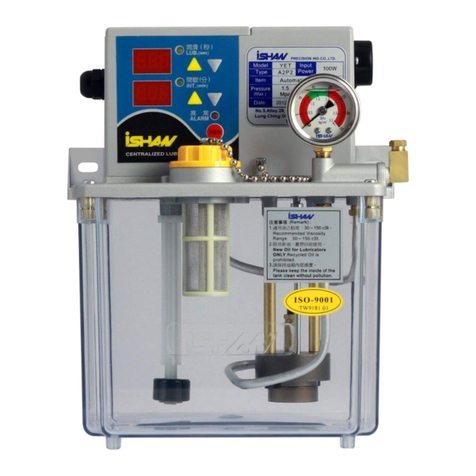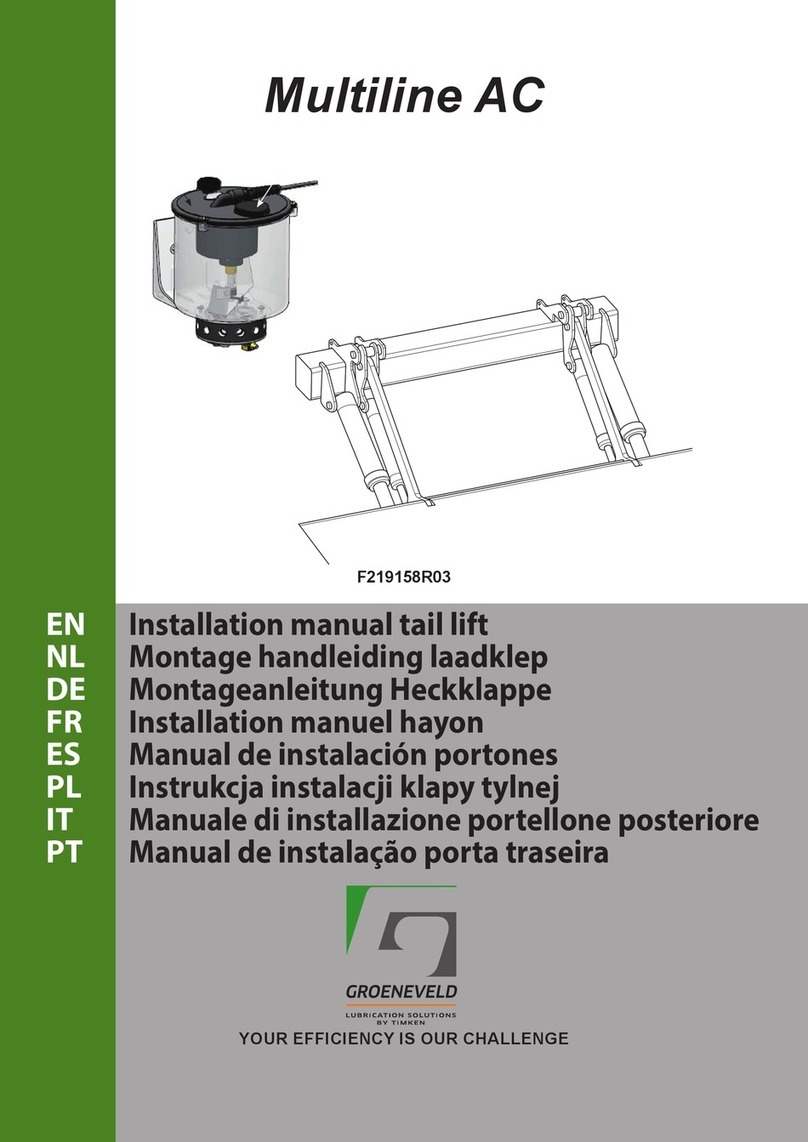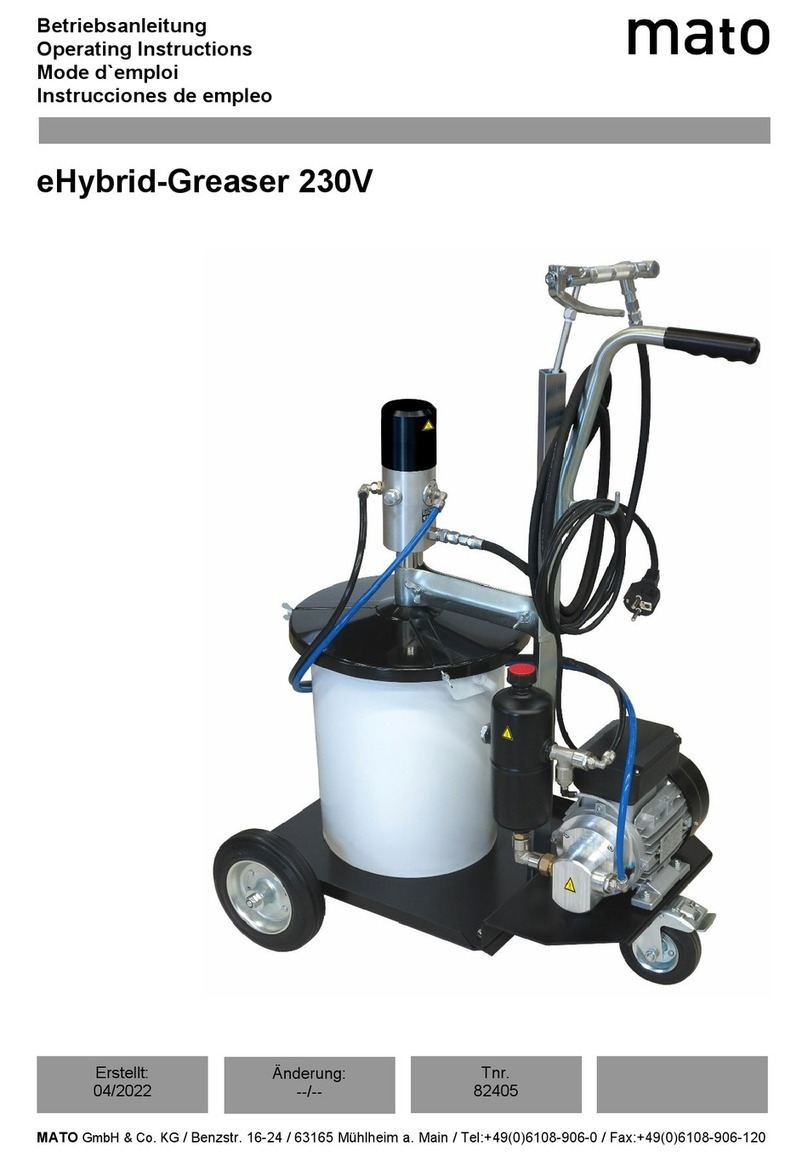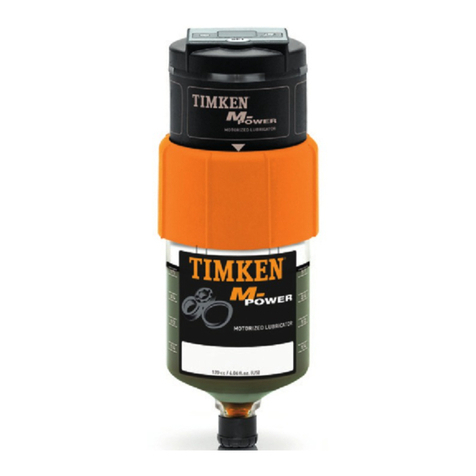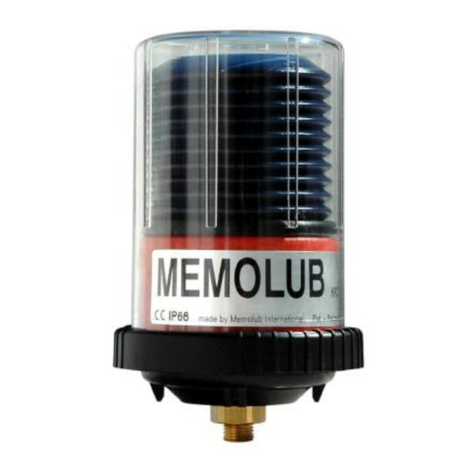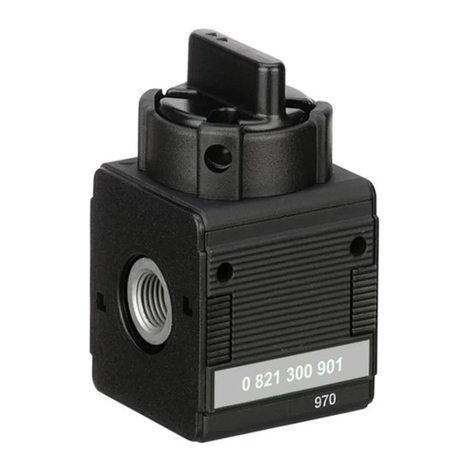
9EN
5. Appendix:
FAQ (Frequently Asked Questions):
• Q: How do I start using TLGU 10 on my
machine?
• A: Here is a typical scenario of usage of TLGU
10: after installing and turning “ON” TLGU 10,
you can hear a noise level. Then a grease gun
is connected and filled with the right lubricant,
and very slowly, some grease is pumped into
the grease nipple: then, typically, the noise level
drops; Unless it is already enough or over-
lubricated, where basically there is no change
on the noise: beware, we do not know when we
start over-greasing, and it could be understood
as grease not arriving at the bearing, and
over-grease even more, watch out! When
you pump some grease and noise level
drops, then re-grease to the recommended
quantity. Most of the time, we can hear that
the grease is reaching the bearing: very good
first valuable input. We then recommend not to
overshoot the initial quantity defined by OEM
or theoretical calculations. As long as the noise
level is going down, grease can be added to
the contact/raceways, using advised quantity
as recommended, or to be adjusted with
experience.
• Q: Why should I use TLGU 10?
• A: TLGU 10 will be an add-on to your
lubrication strategy and help improve your
lubrication practices. TLGU 10 can be especially
valuable on machinery where lubrication
issues have been already experienced, it
can help adjusting the lubrication route and
practices on those specific machines. TLGU
10 will help giving more insights on your
lubrication strategy. TLGU 10 is a simple
and comprehensive tool that will help adjust
relubrication intervals.
• Q: What do the numbers mean when
going up?
• A: Typically, as an example scenario, here is
an overview of what the displayed numbers
may relate to: + 2dB: OK ; +8dB could probably
mean that some early damage are taking
place in the bearing; +16 dB could probably
mean that some damages have occurred in the
bearing; + 24dB vibrations appear.
• Q: Should I use TLGU 10 on all my machines?
• We strongly recommend to assess criticity
of assets before changing lubrication routes
based on TLGU 10 feedback solely. We strongly
recommend not use this tool is for applications
where contamination is the typical failure
mode, then using far more grease is usually the
method to keep contamination away, by pushing
old grease when injecting fresh grease.
• Q: When should I use TLGU 10?
• A:Using TLGU 10 is a step or the beginning to
lubrication conditioning. When optimizing your
settled and good lubrication conditioning, then
TLGU 10 may not bring as much value.

